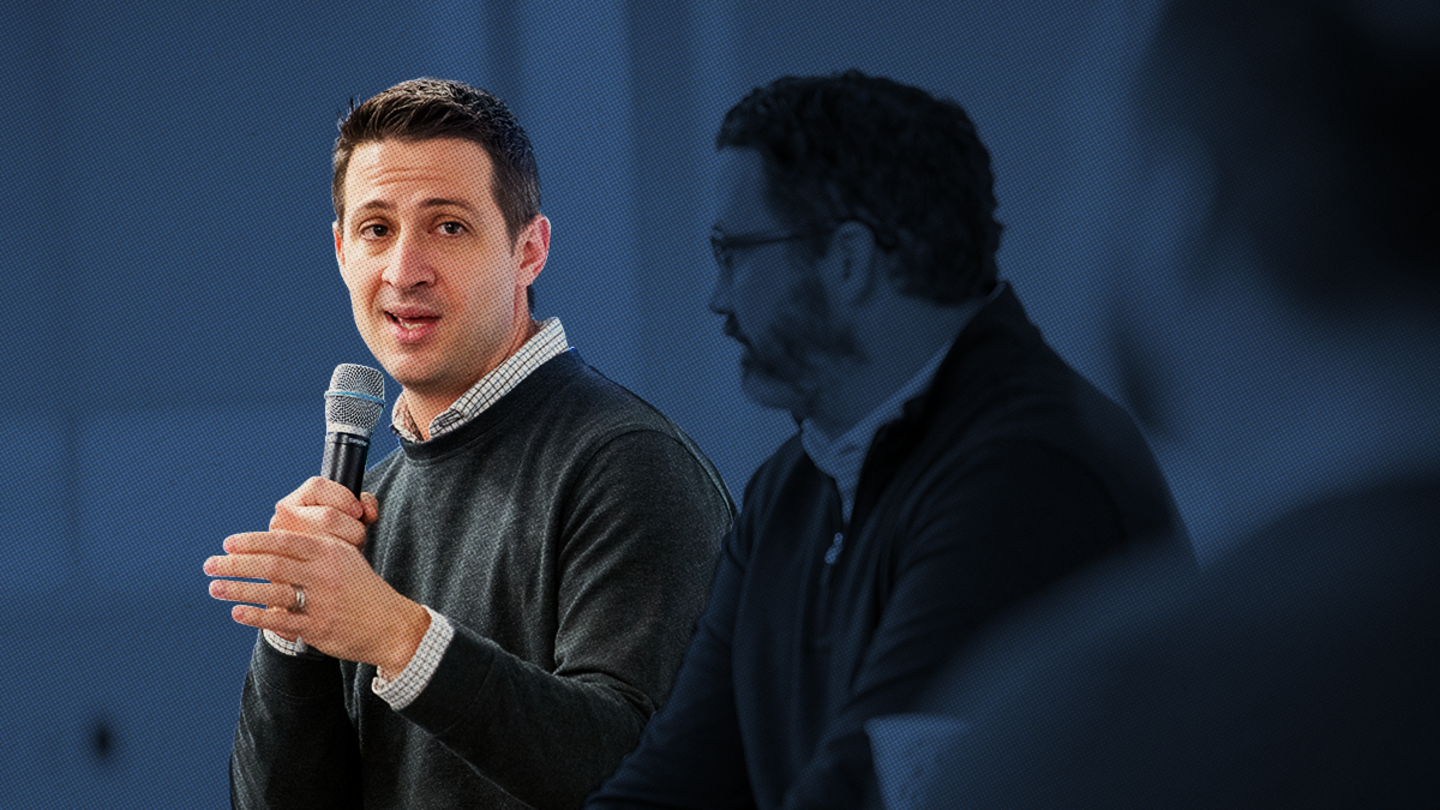Where some see incurable social problems that hold back communities and businesses across America, Evan Feinberg sees solutions that don’t require deep pockets and can benefit everyone from the shop owner downtown to the preacher, teacher, and anyone seeking a good job.
The chairman of the board of Stand Together Foundation and senior vice president at Stand Together believes that if businesses listen to the communities they serve, rather than coming in with predetermined approaches, they can not only help solve community problems but also benefit their bottom line.
It’s a revolutionary approach that rejects the status-quo efforts of well-meaning government agencies and major philanthropies. For decades, they’ve spent billions of dollars on what Feinberg calls “top-down, control-based solutions” in which people in control impose one-size-fits-all approaches that don’t work.
He notes that a bottom-up approach of listening to the communities themselves and collaborating with them is a far more effective strategy, one that creates an enduring mutual benefit: Communities get stable employers who drive a healthy local economy and create pathways for people to reach their full potential, while companies get a healthier environment to do business and a homegrown talent pool that wants to contribute.
“When a business gets involved with its community,” Feinberg says, “it not only creates value for the community but also a tremendous opportunity for the company, allowing more customers to participate in the business and bringing deep fulfillment to employees. If you do good in your community, it will come back to your business in many unexpected ways.”
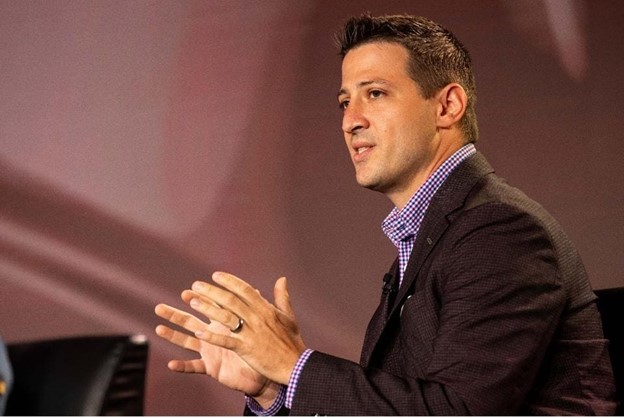
We sat down with Feinberg to discuss Stand Together Foundation’s innovative approach to transformative social change in communities.
This conversation has been edited for length and clarity.
Let’s start with a broad question: What role does business play in the local community?
The purpose of business is to create value for customers. When they're doing that, businesses are a force for good. But the caveat is that they need to do so in a way that doesn’t exploit their employees or the communities around them, which undermines the very idea of creating value. Businesses must empower employees and the larger community so we are all operating in a culture of mutual benefit.
Businesses often talk about corporate social responsibility and ask, “How can we give back?” But to be provocative for a moment, I think that's nonsense. You can give back only if you've taken. In my view, a thriving business that creates value for customers and empowers its employees is already doing so much good for the community.
The corner store in a neighborhood is making a positive impact without doing anything but selling goods and services and being a stalwart place where people can gather and have their needs met. Then, if a company is successful enough to consider leveraging its financial resources, its business capabilities, and the unique gifts and talents of its employees to make an even bigger difference for people in the broader community, that's a really special thing.
Sign up for Stand Together's Rethinking Work & Learning newsletter to get the latest stories, ideas, and trends on the future of employment.
How can businesses and communities share the responsibility for improving the lives of people who live and work in those areas?
When businesses play their role, they provide goods and services needed in their community along with good jobs that help people realize their full potential. Communities offer a strong safety net when people hit tough times, and a springboard to success for those facing significant barriers.
Businesses can also support communities — through financial contributions, volunteerism, and the unique capabilities that each business brings to the table. And communities can support businesses by removing barriers for employees and customers.
What are some of the most pressing challenges communities face that impact businesses operating there?
Poverty, polarization, and failing education systems come immediately to mind. Addiction is an epidemic in this country. More than 48.7 million Americans age 12 and older experienced a substance use disorder in the past year, according to the National Survey on Drug Use and Health. That’s 17.3% of the population, and it costs businesses a significant number of working hours every year. But employers have no idea what to do. They treat it as a one-size-fits-all clinical health problem, and that's not working. We need better community responses.
Or look at the leaky pipeline of our education systems. We have a K-12 and higher education system that is not equipping the next generation of learners, or even current workers, with the knowledge and skills they need to tap into their aptitudes to fully contribute.
What can businesses do to help communities deal with these problems?
Every community is different. Businesses cannot presume to come in with all the answers, even though these problems hit their doorstep. That’s a flawed approach, yet it’s a common trap in philanthropy — overconfidence in top-down, expert-driven and so-called “evidence-based” approaches.
Instead, businesses should take a bottom-up approach and ask: What are tangible ways we can partner with those doing the work to make the biggest difference? How can businesses discover how their unique capabilities can be mutually beneficial to nonprofits, faith communities, and informal leaders who are already on the front lines?
Stand Together Foundation partners with a variety of nonprofits that work with employers in this way. Skills for America’s Future, for example, partners with a network of employers to identify their hiring needs, then connects them with unemployed and underemployed jobseekers. The result? Businesses get access to talent they might otherwise overlook and workers overcome the biggest barrier to employment: a professional network.
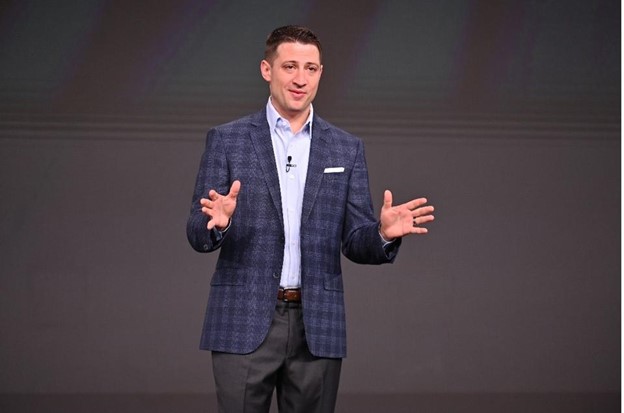
Sounds like a win-win for both the business and the community.
Absolutely. Mutual benefit. The movement toward inclusive hiring has become a buzz phrase. But why is inclusive hiring important? Because there are so many talented people out there who could improve our businesses.
Inclusive hiring and second chance hiring can’t ever be seen as — or become — charity. It has to be a way to find the best talent.
Think about it, how many people are in prison because they’ve used their natural entrepreneurial ability for illegal behavior? Now, don't get me wrong. If someone's coming out of prison, you might need to mitigate the risk and ask, “Is this someone who's going to be a productive member of my team or not?” And that's where the community and nonprofits have a role to play in de-risking that hire. But after that’s been done, it's all upside for the company.
Can you talk about specific workforce development organizations that can help create this kind of mutual benefit?
Many workforce nonprofits start with people who are at rock bottom. They've experienced homelessness, chronic joblessness, addiction, mental health issues. And at the core, their biggest problem is they don't believe in themselves. They've given up hope of what they can accomplish. It’s difficult for an employer to step into that circumstance and solve those problems. But if a nonprofit can help someone to start believing in themselves again, to address some significant barriers in their life, develop a vision for what they can accomplish, and then connect them to an employer, well now you've got a very effective ecosystem that can make a difference.
We have partnered with Per Scholas, a tech workforce training program in New York that works with employers to design programs geared to the needs of companies that are hiring. It has worked with more than 850 employers, so by now they know what many kinds of businesses are looking for. They help job seekers discover and develop their unique aptitudes and gifts and then match them to the right businesses so the company can take it from there.
Another group we work with is Handy, Inc., a nonprofit in Florida that provides customized programs to achieve positive, lasting change for youth by providing life skills, education, and a supportive community.
Foster youth in particular face enormous challenges, from failing to graduate from high school to getting caught up in the justice system. Handy’s Resume 4 Life program helps young people explore career pathways, build job-readiness skills, and obtain employment that aligns with their career choices. Its Best Buy Teen Tech Center in Fort Lauderdale connects under-resourced youth to technology often inaccessible in their communities, preparing youth with technical skills that lead to meaningful employment.
Business is a force for good just by creating value for their customers. But businesses can and should ask whether they are doing all they can to empower their employees and make a positive impact on their community.”
Evan Feinberg
Executive Director of Stand Together Foundation
How do you see relationships between business and communities evolving in the future?
Moving forward, talent and customers are increasingly demanding that businesses be forward-thinking about being a positive influence on the community — those places where people work, where they shop, where they go to meet their needs.
Today, I see a lot of businesses virtue-signaling but not solving problems. I think we're going to get into an evolution of business moving forward, where they don't just talk a good game, and it's not about the big checks they write, it's about whether they treat their employees and customers right and leverage their company’s resources and capabilities to be a powerful influence for good. When we see those companies thrive more than others, that's when we'll see real progress.
This article originally appeared on Forbes BrandVoice.
Stand Together Foundation partners with the nation’s most transformative nonprofits to break the cycle of poverty.
Learn more about Stand Together’s efforts to transform the future of work and explore ways you can partner with us.

Why AI may help more people achieve the American Dream.
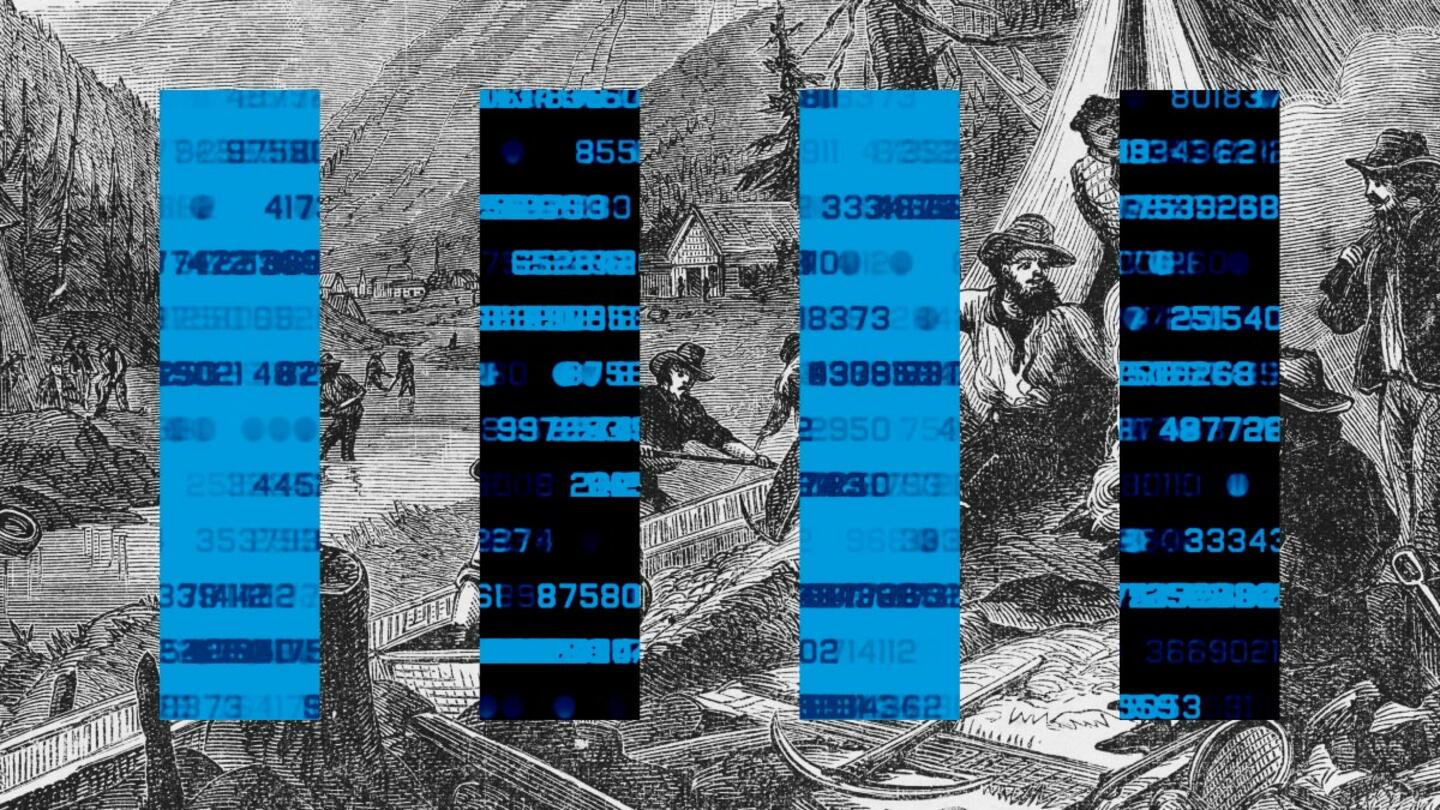
Data centers are at the forefront of the ‘new economy.’ But what exactly are they?

Here’s how to bridge the disconnect between employers and employees.
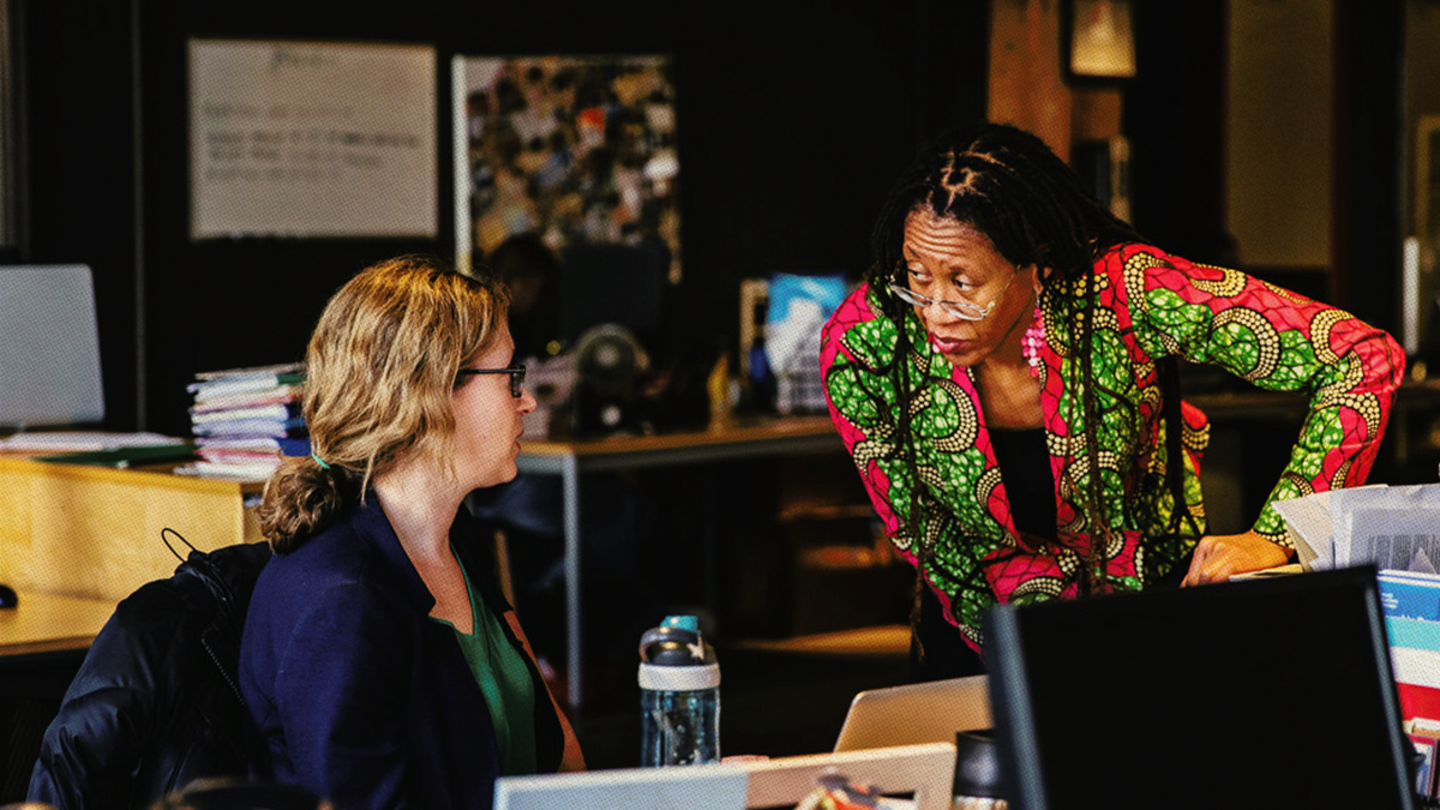
Lessons learned from Colorado.
